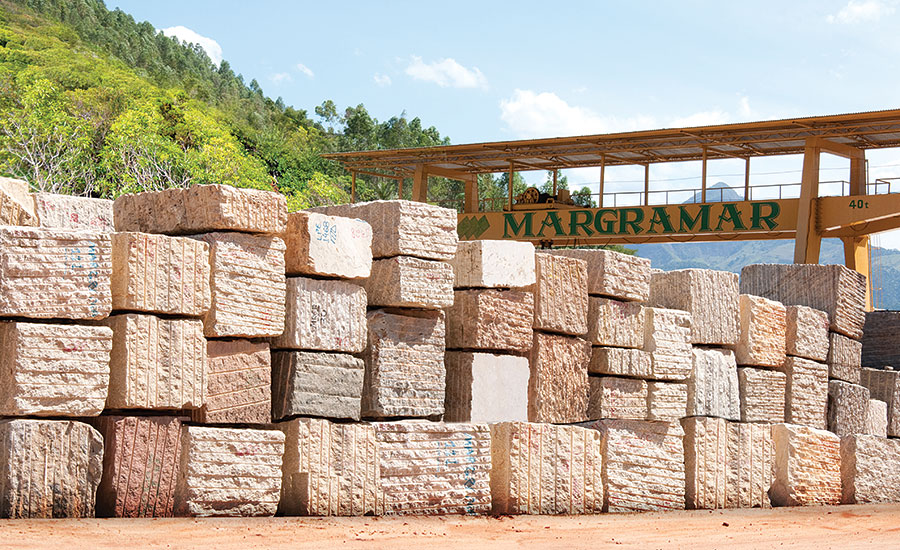Checking Out Granite Quarries in South Africa: A Comprehensive Overview
Checking Out Granite Quarries in South Africa: A Comprehensive Overview
Blog Article
Uncovering the Rich Background and Sustainable Practices of Granite Quarrying
As we stand on the precipice of discovering the intricate tapestry of granite quarrying, a journey via time exposes not just the physical act of drawing out rock but likewise the social and historic importance woven into the very material of this practice. From the old beginnings that laid the foundation for contemporary quarrying strategies to the lasting techniques that are forming the future of this industry, each sculpt mark on granite surface areas narrates waiting to be uncovered (granite quarries in south africa). The legacy of granite quarrying stretches far past mere extraction; it is a testimony to human resourcefulness, strength, and the enduring attraction of this marvelous stone
Ancient Origins of Granite Quarrying
Going back to old human beings, the method of quarrying granite has actually been an essential part of human history and building innovation. The earliest evidence of granite quarrying dates back to old Egypt, where enormous pyramids and complex sculptures were crafted from this sturdy rock. The Egyptians utilized primitive tools to draw out granite blocks from quarries, showcasing the value of this product in their monumental building and constructions.
Moving forward in history, the Greeks also made significant contributions to the quarrying of granite. The Greeks utilized granite in numerous building marvels, such as temples and sculptures, demonstrating their skill in shaping and carving this hardy stone. The Romans further refined the techniques of quarrying granite, employing sophisticated tools like blades and hammers to essence and shape granite for their renowned structures.
Through the centuries, the practice of quarrying granite has evolved, with modern technologies enhancing effectiveness while keeping the classic charm of this all-natural stone - granite quarries in south africa. From ancient worlds to contemporary builders, the tradition of granite quarrying proceeds to form our world
Development of Quarrying Strategies
The advancement of quarrying methods has actually been marked by a continuous development towards higher efficiency and precision in removing granite. Early quarrying strategies entailed hands-on labor with fundamental tools such as chisels, hammers, and wedges to remove granite blocks from the planet.
In even more current times, the arrival of equipment changed the quarrying market, allowing faster removal prices and raised productivity. Technologies such as ruby cable saws, high-pressure water jets, and pneumatically-driven drills have ended up being conventional in modern quarries, permitting exact cutting and reduced waste. Furthermore, advancements in computer-controlled devices and 3D modeling have maximized quarrying procedures, leading to very little ecological influence and improved sustainability methods. As the need for great post to read granite remains to climb, the evolution of quarrying techniques remains essential to meeting market needs effectively and sustainably.
Cultural Relevance of Granite
Granite holds a profound social relevance across numerous worlds due to its enduring existence in building work of arts and admired monoliths. The social importance of granite expands beyond its physical attributes; it personifies durability, security, and timelessness, making it a sign of enduring legacies and customs.

Lasting Practices in Quarrying
In the middle of the rich background of granite quarrying and its social importance lies an expanding emphasis on sustainable techniques within the market. As environmental recognition and problems regarding resource deficiency have heightened around the world, the quarrying market has increasingly welcomed sustainable approaches to lessen its influence on the setting and surrounding communities.

Furthermore, reclamation and rehabilitation of quarry websites post-extraction are indispensable to lasting techniques. By recovering quarried locations to an all-natural or beneficial state, such as creating wildlife environments or entertainment rooms, quarriers can counter the ecological footprint of their operations and contribute favorably to the local community.
Legacy of Granite Quarrying
With a historical background steeped in craftsmanship and industrial progression, what withstanding effect has granite quarrying left on the landscape of contemporary culture? The heritage of granite quarrying goes beyond mere removal practices; it has formed building marvels, city landscapes, and social heritage worldwide. discover this The resilient nature of granite has made it a recommended option for monuments, structures, and facilities, standing as a testament to the ability and virtuosity of quarry workers throughout generations.
Additionally, the economic impact of granite quarrying can not be ignored. The industry remains to supply employment possibility and drive neighborhood economic situations in regions where granite extraction is widespread. It has likewise stimulated technical developments in quarrying techniques and tools, causing much more efficient and lasting techniques.
In terms of sustainability, the tradition of granite quarrying includes initiatives to reduce ecological effects via reclamation projects and accountable source monitoring. By balancing economic passions with ecological stewardship, the industry strives to make sure that future generations can proceed to take advantage of this enduring all-natural source.
Conclusion

Report this page